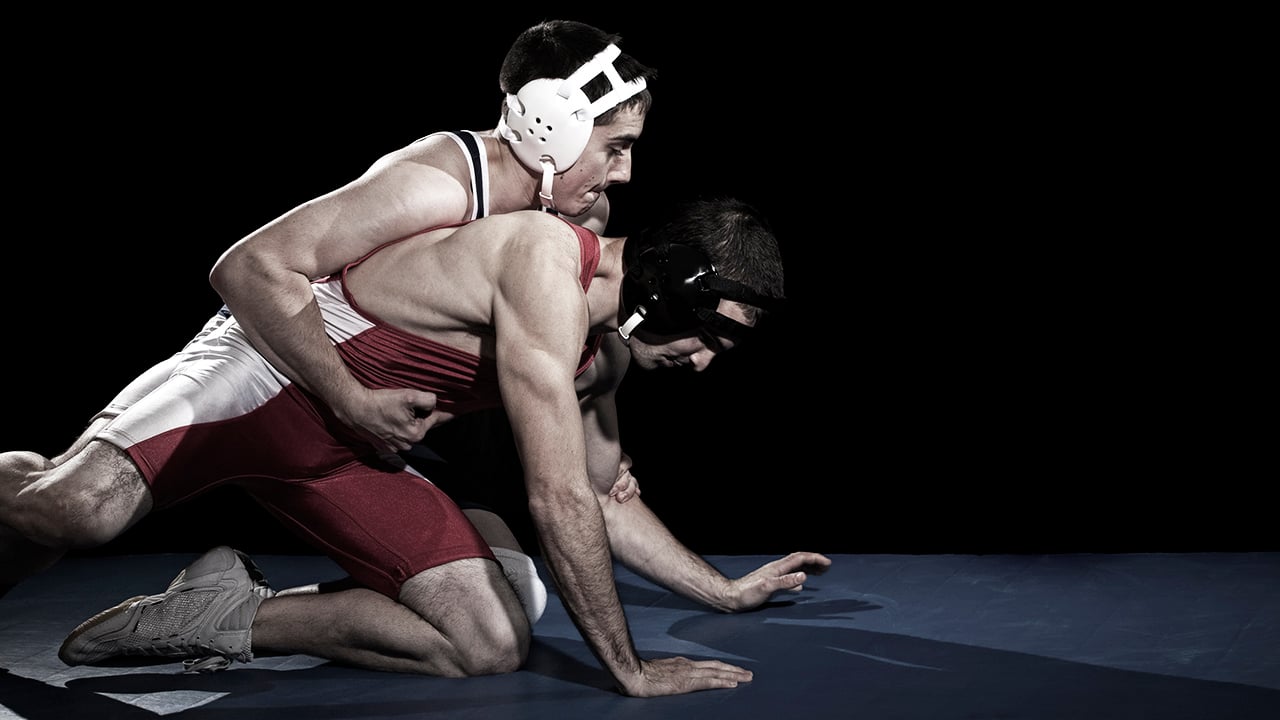- Doctors & Departments
-
Conditions & Advice
- Overview
- Conditions and Symptoms
- Symptom Checker
- Parent Resources
- The Connection Journey
- Calm A Crying Baby
- Sports Articles
- Dosage Tables
- Baby Guide
-
Your Visit
- Overview
- Prepare for Your Visit
- Your Overnight Stay
- Send a Cheer Card
- Family and Patient Resources
- Patient Cost Estimate
- Insurance and Financial Resources
- Online Bill Pay
- Medical Records
- Policies and Procedures
- We Ask Because We Care
Click to find the locations nearest youFind locations by region
See all locations -
Community
- Overview
- Addressing the Youth Mental Health Crisis
- Calendar of Events
- Child Health Advocacy
- Community Health
- Community Partners
- Corporate Relations
- Global Health
- Patient Advocacy
- Patient Stories
- Pediatric Affiliations
- Support Children’s Colorado
- Specialty Outreach Clinics
Your Support Matters
Upcoming Events
Colorado Hospitals Substance Exposed Newborn Quality Improvement Collaborative CHoSEN Conference (Hybrid)
Monday, April 29, 2024The CHoSEN Collaborative is an effort to increase consistency in...
-
Research & Innovation
- Overview
- Pediatric Clinical Trials
- Q: Pediatric Health Advances
- Discoveries and Milestones
- Training and Internships
- Academic Affiliation
- Investigator Resources
- Funding Opportunities
- Center For Innovation
- Support Our Research
- Research Areas

It starts with a Q:
For the latest cutting-edge research, innovative collaborations and remarkable discoveries in child health, read stories from across all our areas of study in Q: Advances and Answers in Pediatric Health.


We care for patients’ growing muscles, joints and bones through sports medicine, surgery, rehabilitation and research.

At the Sports Medicine Center at Children’s Hospital Colorado, we work specifically with young athletes. Our sole focus is to help your child or teen play, excel and enjoy the sports they love, including contact sports such as wrestling.
Why are we experts at caring for young athletes who wrestle?
Wrestling is one of the most popular winter high school sports among athletes we see, and we take pride in helping our patients stay healthy and active on the mat.
To best care for wrestlers, we have a special team of Sports Medicine experts who specialize in treating and preventing common wrestling injuries. We also understand the importance of safely getting your young athlete back to the mat as soon as possible.
What is the impact of wrestling on the body?

Wrestling is an extremely physically demanding sport requiring endurance, speed and strength – no matter the age of the athlete. Athletes often wrestle in multiple matches through an entire tournament, sometimes with back-to-back matches and days, which greatly fatigues the body and increases the risk of injury.
Because wrestling is a very physically demanding sport, we see many athletes with contact injuries from high-impact throws, twists and specific dislocations. This leads to a high incidence of sprains, contusions (bruises), dislocations, fractures, concussions and even serious injury.
Given the nature of close skin-to-skin contact, there is also a very high incidence of contagious infectious skin disorders that may be passed between wrestlers if not treated properly.
What are common wrestling injuries?
The most common wrestling injuries include knee injuries, shoulder and elbow sprains, head injuries and skin infections, including:
- Ligamentous knee injuries such as Meniscus and MCL tears
- Cauliflower ear (a condition of the outer ear that can cause deformity) may develop from friction or blunt force trauma to the ears if left treated.
- Dislocations and sprains of the elbow or shoulder from the take-down and referee’s positions
- Skin infections such as herpes gladitorium, impetigo, folliculitis, abscesses and tinea (ring worm)
- Fractures of the fingers
- Concussions, usually caused from falls on the mat or collisions with other athletes
- Pre-patellar bursitis or Osgood Schlatter’s syndrome from direct trauma on the mat
- Ankle sprains
- Muscle strains of the lower extremities or the back
How can we prevent wrestling injuries?
At Children’s Colorado, we see a large variety of preventable injuries and conditions. These injuries often relate to lack of specific neuromuscular control, core strength, technique, hygiene and proper weight and hydration management.
Our Sports Medicine team is passionate about educating athletes, parents and coaches on ways to prevent some of these injuries to help keep wrestlers on the mat.
Tips for preventing skin infections from wrestling
Skin infections lead to the greatest time lost from competition in wrestlers among all injuries and conditions; however, they are also the most preventable using very strict individual and team hygiene measures. These include hand washing, washing all uniforms and gear after each use with detergent and hot water, and disinfecting mats and other facility equipment daily.
Wrestlers should never share towels, soaps or razors. They should also report any skin lesion immediately and receive proper treatment prior to return to practice or competition.
Injury prevention resources for parents and coaches
Wrestling places heavy demands on the muscles, bones and cardiovascular system. These tips can help keep your young athlete safe:
- Wear headgear - Regardless of an athlete’s ability on the mat, wearing appropriate protective equipment is the best defense against injury. Wrestlers should wear headgear to prevent contusions to the ears (cauliflower ear) and head injury, and can consider knee, ankle, and/or elbow bracing when needed.
- Avoid certain positions - Avoiding extreme positions while doing Arm Bars or Half Nelsons can help reduce shoulder and elbow injuries. Decreasing heavy load and twisting on knees can help prevent meniscus and MCL tears. These positions are usually monitored and prevented by the referee during the matches, but not monitored as well during practices.
- Train - It is important that athletes are in good physical and cardiovascular condition prior to beginning a season. Proper training to build strength and stamina, along with appropriate weight management and diet are critical to the athletes’ success and health.
- Eating and drinking - Wrestlers are at high risk for dehydration, dietary deficiencies, and electrolyte abnormalities given high pressures to meet specific weight classes. It is important that training, diet and weight goals are discussed with a trained professional to be certain that they’re managed in a safe manner.
Learn more about our Sports Medicine Center.
Need Advice for Your Young Athlete?
Check out our sports articles, written by our Sports Medicine experts. You'll find advice and tips for parents, coaches, trainers and young athletes.



 720-777-0123
720-777-0123



